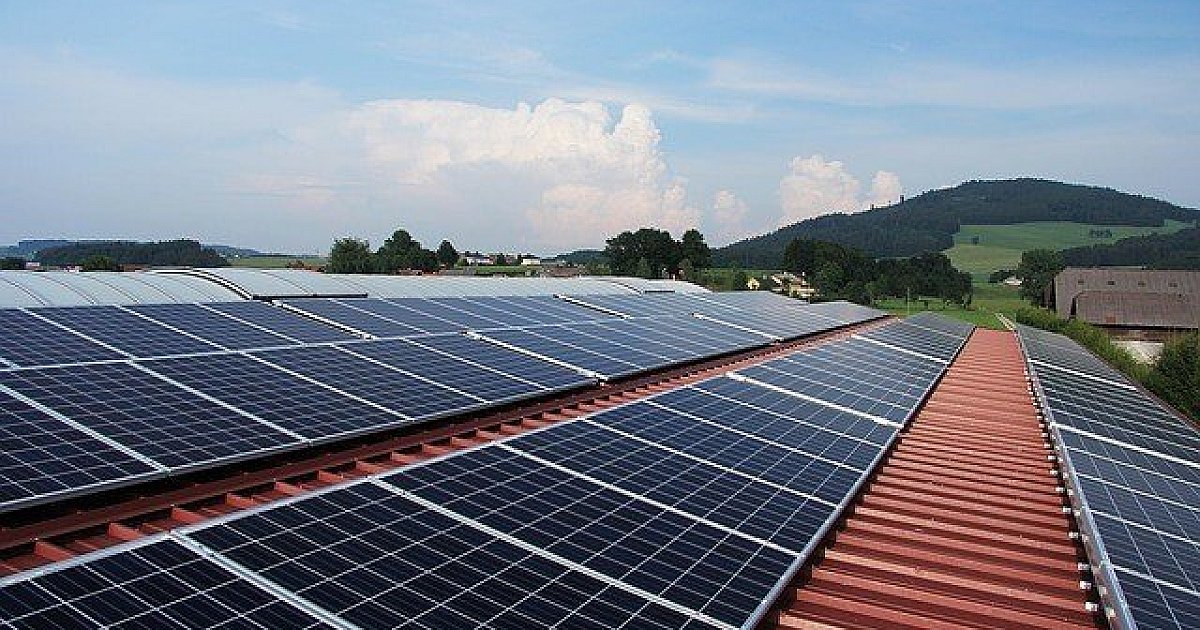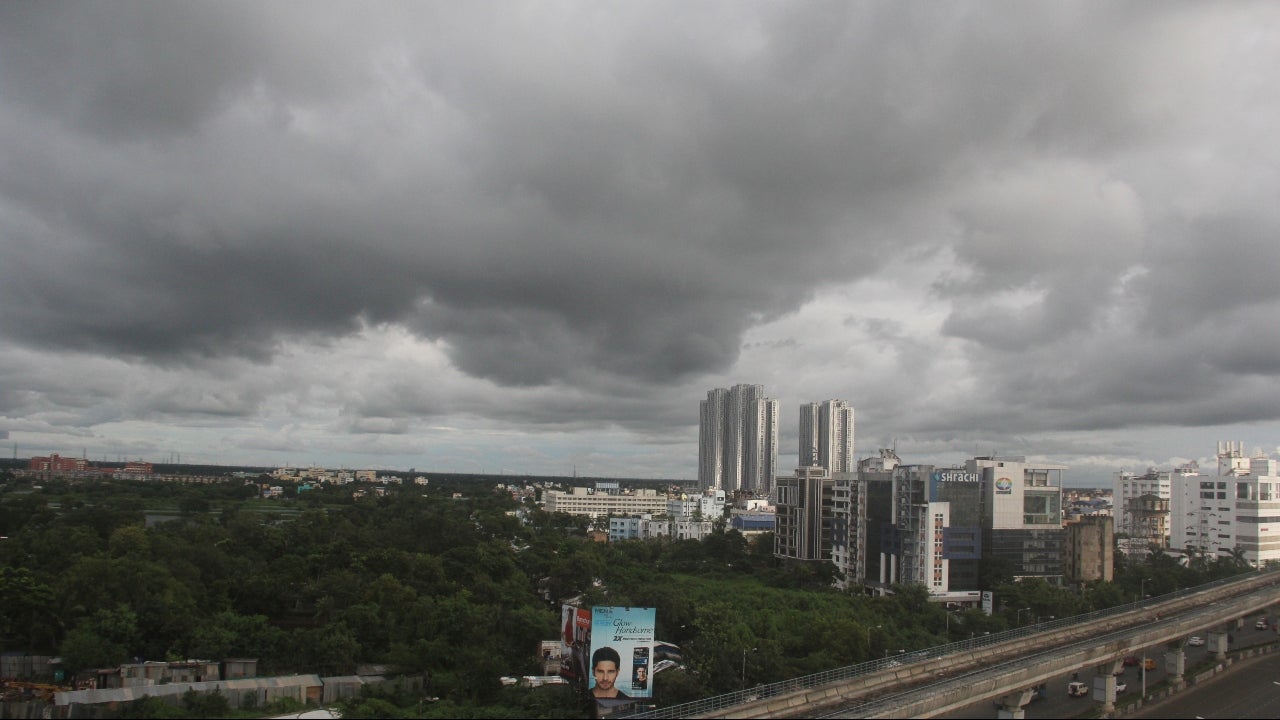Lower Electricity Tariffs: Dutch Trial During Solar Production Peaks

Table of Contents
The Mechanics of Dynamic Electricity Pricing
This Dutch trial hinges on a dynamic pricing model that adjusts electricity tariffs in real-time, based on the amount of solar energy being fed into the national grid. This system is designed to incentivize energy consumption during periods of high solar energy generation, thereby maximizing the utilization of renewable resources.
- Smart meters: These smart meters monitor solar energy input to the grid with high accuracy, providing real-time data on solar power availability.
- Dynamic price algorithms: Sophisticated algorithms analyze this data and adjust electricity prices accordingly throughout the day. Lower tariffs are offered when solar energy production peaks, making it significantly cheaper for consumers to use electricity at those times.
- Peak vs. Off-peak: The system differentiates between "peak" (high solar production) and "off-peak" (low solar production) periods. Consumers are incentivized to shift energy-intensive activities to peak hours, resulting in lower electricity bills. Off-peak pricing remains higher, reflecting the greater reliance on other energy sources.
- Consumer Education: A key component of the trial's success is a robust consumer education program. This program aims to help consumers understand how the dynamic pricing system works and how to best manage their energy consumption to benefit from lower electricity tariffs.
Benefits and Challenges of Lower Electricity Tariffs During Peak Solar Production
This innovative approach offers numerous potential benefits, but also presents some considerable challenges.
Benefits:
- Reduced electricity bills: The most immediate benefit is a reduction in electricity costs for consumers who actively participate in the program. By shifting their energy usage, they can achieve substantial savings on their monthly energy bills.
- Increased solar energy adoption: Lower electricity tariffs during peak solar production incentivize the installation of more solar panels, driving further growth in renewable energy adoption.
- Reduced reliance on fossil fuels: By maximizing the use of solar energy, the system reduces the nation's dependence on fossil fuels, contributing to a cleaner energy mix.
- Environmental benefits: Lower reliance on fossil fuels translates to significant environmental benefits, including reduced greenhouse gas emissions and improved air quality.
- Improved grid stability: By managing demand-side energy consumption, the system contributes to improved grid stability and resilience.
Challenges:
- Price volatility: Dynamic pricing can lead to increased electricity price volatility, which may be challenging for some consumers to manage.
- Implementation complexity: Establishing and maintaining a reliable dynamic pricing system requires significant investment in infrastructure and technology.
- Robust IT infrastructure: The system depends heavily on a robust and reliable IT infrastructure, including advanced smart grid technology and data analytics capabilities.
- Public acceptance: Ensuring public acceptance and understanding of dynamic pricing is crucial for the system’s success. Clear communication and education are paramount.
- Equitable access: It is vital to ensure equitable access to the benefits of lower electricity tariffs for all consumers, regardless of income or location.
The Role of Smart Grid Technology
The success of the Dutch trial hinges heavily on advanced smart grid technology. This technology plays a crucial role in enabling the dynamic pricing model and its effective operation.
- Real-time energy monitoring: Smart meters provide continuous, real-time monitoring of energy consumption and solar energy generation.
- Dynamic price adjustment: Advanced grid management systems use the real-time data to dynamically adjust electricity prices based on supply and demand.
- Two-way communication: Two-way communication between smart meters and the grid allows for efficient energy distribution and consumption management.
- Data analytics: Data analytics plays a critical role in optimizing grid performance, predicting energy demand, and maximizing the integration of renewable energy sources.
Potential for Wider Implementation and Future Outlook
The success of the Dutch trial has significant implications for the future of energy systems globally.
- Global inspiration: If successful, the Dutch model could inspire similar initiatives in other countries, driving the global adoption of dynamic pricing and renewable energy integration.
- Technological advancements: Continued technological advancements will likely lead to more efficient and affordable dynamic pricing models, making them accessible to a wider range of countries and consumers.
- Government support: Supportive government policies and regulations are essential to promote the widespread adoption of these programs, both nationally and internationally.
- Future research: Further research focusing on addressing the challenges and maximizing the benefits of dynamic pricing is needed to ensure its long-term sustainability and effectiveness.
Conclusion:
The Dutch trial on lower electricity tariffs during peak solar production offers a compelling glimpse into a more sustainable and affordable energy future. By cleverly leveraging smart grid technology and dynamic pricing, the Netherlands is showcasing the immense potential of renewable energy sources like solar power. While hurdles remain, the potential benefits – reduced electricity costs, increased renewable energy uptake, and a greener environment – make this a promising model deserving of global attention. If you’re interested in learning more about innovative energy pricing solutions and contributing to a cleaner energy future, explore the possibilities of lower electricity tariffs powered by peak solar production in your region.

Featured Posts
-
 Vegas Golden Knights Stanley Cup Playoff Chances A Realistic Assessment
May 04, 2025
Vegas Golden Knights Stanley Cup Playoff Chances A Realistic Assessment
May 04, 2025 -
 Esc 2024 Wiener Duo Abor And Tynna Vertritt Deutschland
May 04, 2025
Esc 2024 Wiener Duo Abor And Tynna Vertritt Deutschland
May 04, 2025 -
 16 Year Olds Torture Death Stepfather Charged With Murder
May 04, 2025
16 Year Olds Torture Death Stepfather Charged With Murder
May 04, 2025 -
 Sudden Temperature Drop In West Bengal Weather Forecast And Advisory
May 04, 2025
Sudden Temperature Drop In West Bengal Weather Forecast And Advisory
May 04, 2025 -
 Ufc 314 Volkanovski Lopes Headliner And Complete Fight Card Analysis
May 04, 2025
Ufc 314 Volkanovski Lopes Headliner And Complete Fight Card Analysis
May 04, 2025
Latest Posts
-
 Eurovision 2025 Deutschlands Kandidat Alles Was Wir Wissen
May 04, 2025
Eurovision 2025 Deutschlands Kandidat Alles Was Wir Wissen
May 04, 2025 -
 Der Deutsche Vorentscheid Fuer Den Eurovision Song Contest 2025
May 04, 2025
Der Deutsche Vorentscheid Fuer Den Eurovision Song Contest 2025
May 04, 2025 -
 Eurovision 2024 Rueckblick Und Ausblick Auf Den Deutschen Esc Beitrag 2025
May 04, 2025
Eurovision 2024 Rueckblick Und Ausblick Auf Den Deutschen Esc Beitrag 2025
May 04, 2025 -
 Esc 2025 Der Deutsche Beitrag Kandidaten Und Auswahlverfahren
May 04, 2025
Esc 2025 Der Deutsche Beitrag Kandidaten Und Auswahlverfahren
May 04, 2025 -
 Eurovision Song Contest 2024 Wer Vertritt Deutschland Beim Esc 2025
May 04, 2025
Eurovision Song Contest 2024 Wer Vertritt Deutschland Beim Esc 2025
May 04, 2025
